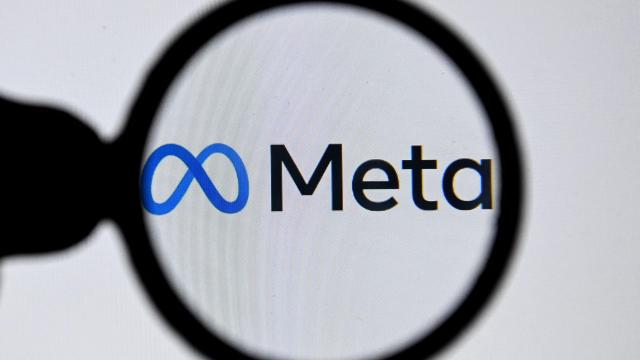Meta is releasing a series of new tools and insights offering everyday users one of the clearest looks yet into how various AI systems serve and recommend stuff on Facebook and Instagram. Users can now read through 22 different “system cards” which provide more clarity on the types of AI systems used in different sections of the apps and the types of user data they rely on to function. The expansive system cards offer the general public some of the best insight to date on how Meta’s models work and come following years of criticism from researchers and advocates who’ve criticised the company’s commitment to transparency.
The system cards unveiled Thursday and shared with Gizmodo offer granular details into the way AI systems serve up content through a wide variety of Meta services, from Facebook’s Feed and Marketplace to Instagram’s Stories and Explore and more than a dozen in between. Each of these cards are composed of four sections which provide an overview of the AI system used, a summary of how the AI system works, a section on customisable controls available to users, and another section providing more detail on the AI system being used ultimately delivers content.
Each of the scorecards provide examples of the specific types of “signals” they rely on. Signals here can refer to bits of information Meta learns about uses when they interact with apps such as liking, commenting, or resharing content. It can also refer to signals Meta infers based on previous ways a user has interacted with an app. Each ranking system measures those signals and then creates a “relevance score” for each post and places posts in order of that score.
Though some of the specific intricacies mentioned in some system cards appear to overlap with others, there are many notable, often subtle differences that offer users a clearer sense of why experiences on certain segments of one app may feel different than others. The Instagram Feed system card, for example, notes that the signal “how likely you are to spend little time viewing a post and not interacting with it” is one of several indicators used to determine how content is served to a user. That’s similar but slightly different to the Facebook Feeds Scorecard which uses the signal “how likely you are to scroll past a post rather than engage with it.”
“With rapid advances taking place with powerful technologies like generative AI, it’s understandable that people are both excited by the possibilities and concerned about the risks,” Meta President of Global Affairs Nick Clegg said in a statement. “We believe that the best way to respond to those concerns is with openness.”
Meta’s system cards strategy is part of a broader effort at Meta to provide more clarity into the way its systems work and push back against some users’ generalized concerns over “the algorithm.” In documents shared with Gizmodo, Meta says there’s not one single algorithm that dictates the way users get served content on Facebook and Instagram. Instead, there are many different systems working independently and sometimes together.
In a blog post, Clegg said the cards are an attempt to “explain highly technical information” in a way everyday users can understand. The framing and emphasis on these cards was reportedly influenced by speaking with a diverse group of experts and taking in community feedback. Ironically, Meta said it’s trying to avoid providing too much technical details after hearing concerns that mounds of difficult-to-parse data can actually have the opposite effect and “obfuscate transparency.”
Meta grants researchers access to a cornucopia of public user data
In addition to the system cards, Meta announced it also plans to begin rolling out a suit new tools to researchers in the coming weeks under the banned “Meta’s Content Library and API.” This library of data will include public posts, pages, groups, and events on Facebook as well as public posts and data from creator and business accounts on Instagram. Researchers from approved academic and research institutions pursuing scientific or public interest research topics will be able to apply for access. If granted researchers can search through the data and filter it on a graphical user interface.
“These tools will provide the most comprehensive access to publicly-available content across Facebook and Instagram of any research tool we have built to date and also help us meet new data-sharing and transparency compliance obligation.” Clegg added.
